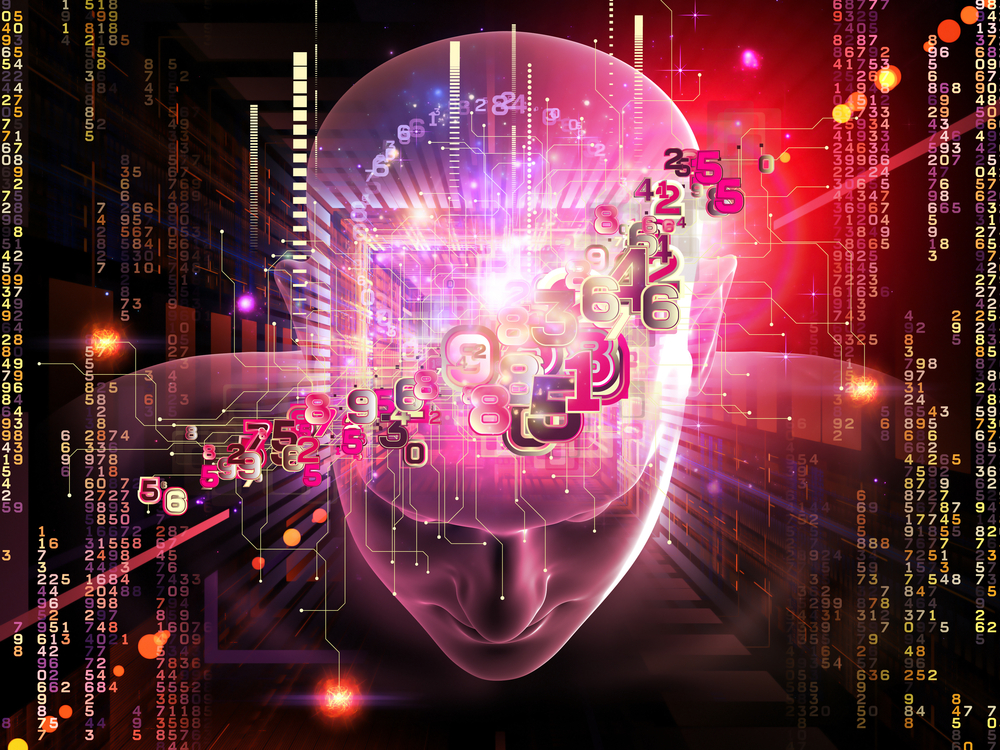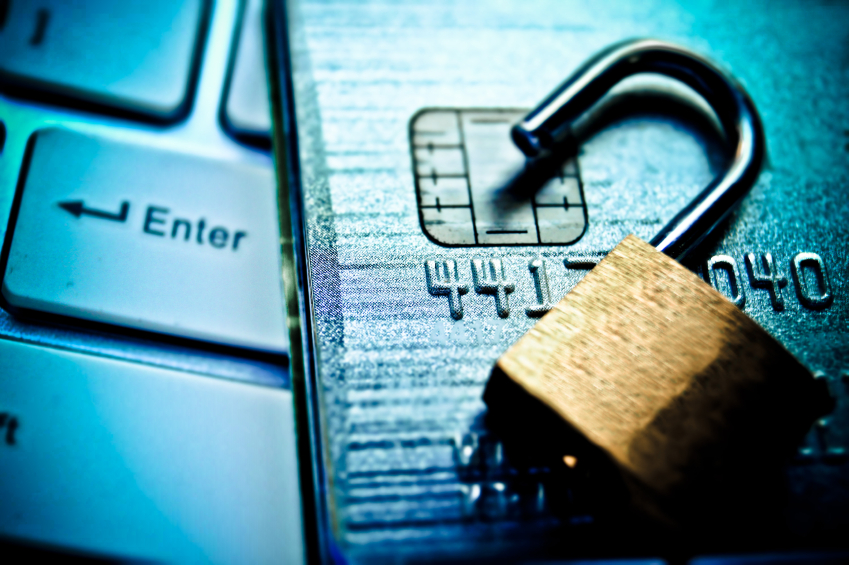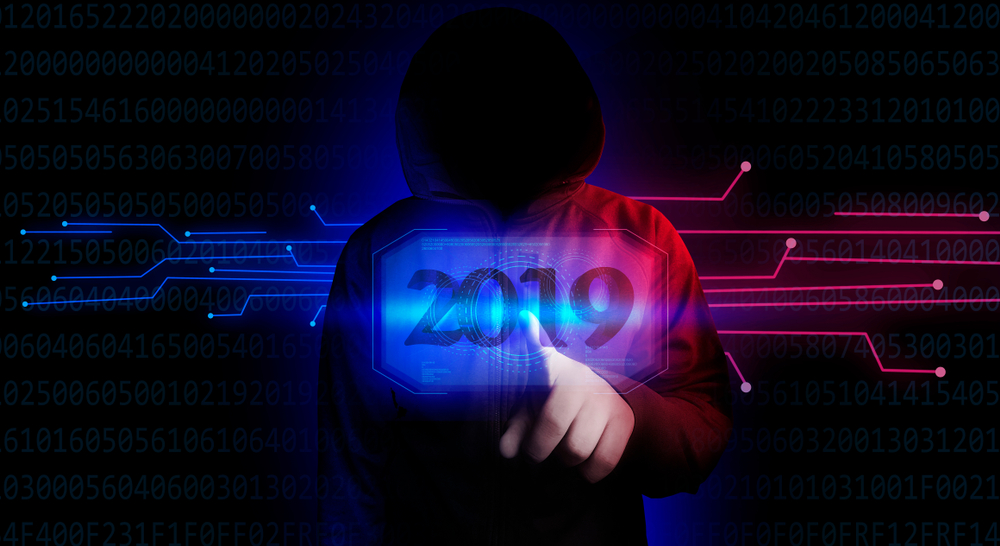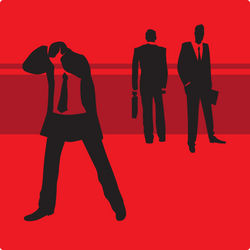Cyber Security threats are evolving all the time making it extremely difficult for business to combat this and it is now even more important to have in place the appropriate protections to keep them safe from hackers.
The same core cyber security threats still exist but these are becoming more sophisticated and difficult to trace and prevent.
Ransomware
Ransomware is now not just used as a scatter gun approach but is now being more targeted at businesses where ransom demands are now much larger than before. The decision now becomes to pay the ransom in order to obtain the decryption key to mitigate the interruption to the everyday operation of the organisation or to hold out and rely on the back-ups in place that hopefully would not be corrupted. New strains of ransomware are also appearing and becoming increasingly difficult to repel.
Phishing Attacks
These types of threats remain prominent and despite an increase in training by companies to help employees spot such attacks, commonly sent via e-mails, success is high for hackers still reaping rewards.
Internet of Things
The interconnection of devices is increasing at an alarming rate with all aspects of life now being connected from the office to the home . The concern is that people are more reliant on this and this provides greater opportunity for hackers to access a network and cause disruption.
The Supply Chain
The supply chain of any business is in many cases fundamental to its operation where this be the supply of technology or the provision of non IT services. The cyber security of such entities is in a number of cases not as robust as the principal business and should their IT be compromised this can lead to a hacker gaining access up the line.
The Insider Threat
This remains a prominent threat and is to an extent still hard to predict as this is determined by human nature. Even with the most sophisticated firewalls in place if an employee is determined enough to steal data they will succeed. It will be interesting to see how the Morrisons case develops which laid down that businesses are vicariously liable for the actions of employees in the event of a data breach of their employees personal data.
Artificial Intelligence ( AI)
AI as it is know is perhaps the newest of the cyber threat vectors that now exist and is the most unknown but potentially the one that could cause the most disruption. It is also the most difficult to defend against. Deep Fake videos are a fast developing area where a believable video conference call from what is thought to be the CEO could have been created by AI , this could lead to misinformation being relayed within the company and impact business decisions.
Image : Shutterstock






